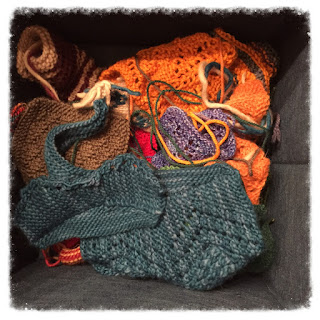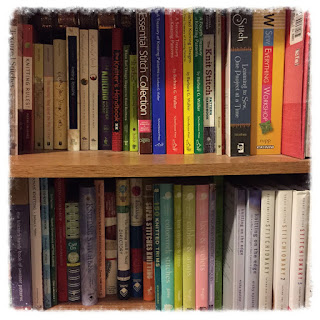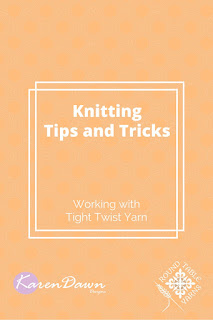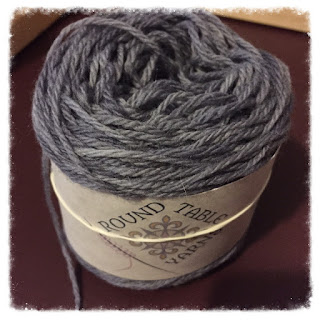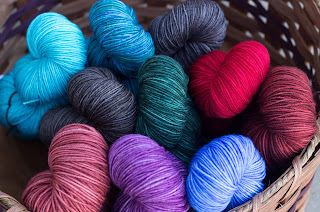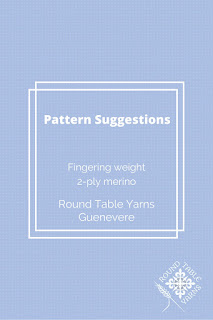In this blog post, I wanted to share some of the behind-the-scenes things that happen during the process of designing a knitting pattern. Every designer is different, so this is specific to my process, but some parts are fairly common across the board.
I don't have just one way that I go about starting a design, but in general, I approach a design from one of two angles: either I have a stitch pattern that I fall in love with and then figure out what I want to use it for or I know that I want to knit an X (cowl, hat, shawl) and have a basic idea in mind for the stitch pattern so I either do some sketching or look through stitch dictionaries to figure out the details of the stitch pattern.
For example, with The Wife of Bath's Cowl, I knew I wanted to knit a cowl and I had an idea pop into my head: what if I added eyelets to cables? I did some sketching and charting, came up with an idea, and swatched it. I usually like to knit my cowls in the round, but I realized that for this particular stitch pattern, knitting in the round meant short repeats of the cable/eyelet pattern, and I thought it might be better to have the cables repeat the length of the cowl, which meant knitting it flat and then joining the ends. So then I had two choices: I could do a provisional cast on and graft the two ends together to create the cowl or I could use buttons, which is what I ultimately chose.
With the Dorigen Cowl, I found a stitch pattern I really liked and thought it would make a nice cowl. But when I swatched, I realized that the stitch pattern as given in the stitch dictionary wasn't quite "right" so I made a few alterations to it. And then I started the cowl. Something wasn't working and the stitch pattern wasn't showing up like in my swatch. So I frogged, made some adjustments, and started again. Still not right. Fortunately, the third time was the charm for this one and I was able to get through the sample and write up the pattern.
These days, I spend a lot of time flipping through stitch dictionaries and marking stitches that jump out at me. A few weeks later, I might go back through that dictionary and wonder what I was thinking when I marked X pattern as it no longer appeals to me! Other times I think, "oh yes, I remember really liking that one and I still do. I really must do something with it!" and it becomes the next thing I work on.
~~~~~~~~~~~~~~~~~~~
The content in this post was first featured in my newsletter (June 20, 2015). If you'd like to keep up to date on my designs and yarn and receive content like this right in your email inbox, make sure to subscribe to my newsletter.

